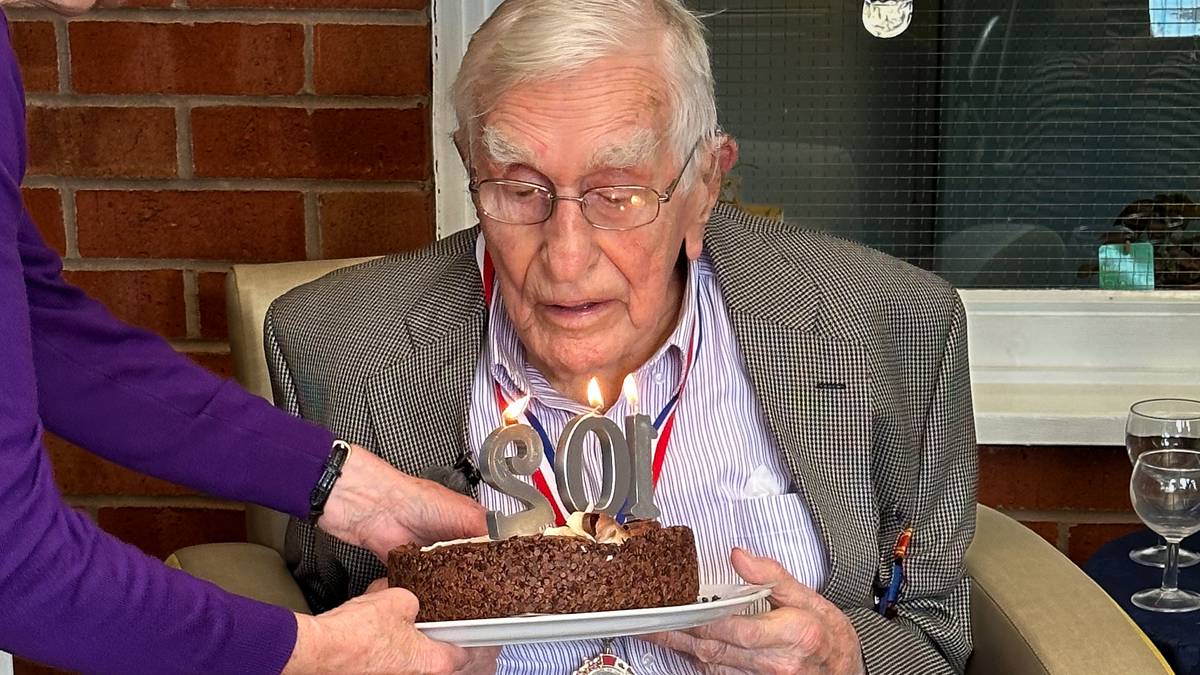Under each cage, protected from predators, lay 36 lifeless bodies. They must follow the course of nature and collapse. They have been donated to science and will help us learn more about the body's decomposition process.
The bodies were placed in a sort of scientific cemetery, where a team of American scientists observed them for 21 days from the time of death. They took samples of the skin on the face and hips, as well as the soil around them.
The samples show how the composition of microorganisms in the corpse changes from day to day. By analyzing the samples, the researchers developed a model that can determine the time of death up to 21 days after death, as they describe in a new study published in the journal nature.
This model may have significance for future forensics and help investigators solve homicide cases. After all, 21 days is much longer than the time of death can be determined today.
Article continues below adArticle continues below ad
It will likely be possible to use this method for a longer period when more data are collected and more studies are conducted in the future. So says Zachary Burcham, study co-author, Ph.D., and microbiology researcher at the University of Tennessee-Knoxville.
Microorganisms take over
The new method takes advantage of the fact that the same microorganisms are not present immediately after we die, as is the case when the body is further along in the decomposition process, explains Marie-Louise Kampmann. She is a special consultant at the Institute of Forensic Genetics at the University of Copenhagen, which reviewed the new study.
Article continues below adArticle continues below ad
Using machine learning, or artificial intelligence, the researchers found a pattern in how the composition of microorganisms changed in the time after death.
It turned out that the same set of about 20 different types of decomposing microorganisms appeared in all 36 bodies. Individual microorganisms even arrived in the bodies at the same times during the 21-day observation period, even though the bodies were in different places. Different and at different times of the year.
Article continues below ad
Using the new model, researchers can link a specific composition of microorganisms to a specific point in the decay process. Thus estimating how long a person has been dead.
Experience in different climates
– It is particularly interesting that this technique seems to work in different climates, says Marie-Louise Kampmann, and points out that the 36 bodies were placed in three different places.
Each season, three people were placed in the same place. In this way, researchers can take into account the change in weather over the seasons.
Although this method appears to work across different climates, we cannot transfer the method directly to other countries. At least not yet.
How do we determine the time of death today?
When forensic scientists determine the time of death today, they look at confirmatory signs of death, says Jette Banner, a professor in the Department of Forensic Pathology at the University of Copenhagen:
Tetanus
Spots on the body
corruption
Individually, they are subject to a certain amount of uncertainty, but if you combine the three, you can get a fairly accurate picture of the time of death, explains Getty Banner.
However, this method can only be used to determine the time of death in the first few days after death. The stiffness disappears after three days, and after twelve hours the spots are fixed. The fact that the spots are persistent means that they do not disappear when pressed. After three days, only the degree of decomposition provides a clue to the time of a person's death.
Our humid and cold climate was not covered in the study, so it will be important to verify how this method works in a similar climate, explains Kampmann.
She mentioned the Netherlands as a country with which it might be appropriate to enter into such cooperation. They are creating a similar project and the Dutch climate is similar to ours.
Article continues below adArticle continues below ad
Future investigations
Although Marie-Louise Kampmann thinks the study is impressive and comprehensive, she points out a few things you should be aware of:
We don't know what the body's bacterial flora looked like “from the beginning,” which makes the method a bit uncertain, she says, adding that the method doesn't take body mass index into account, which also has an impact on body decomposition. phase.
Currently, we cannot directly use this technology in investigations. But it opens up the possibility that in the future we will be able to determine the time of death over a period of time longer than today, since we can only determine the time after a few days. This will help in future investigations, Kampmann explains.
“It's a large, comprehensive study with many bodies and a lot of data, and it's definitely something I want to look at more closely,” she says.
reference:
Zachary M. Burcham et al: The conserved interdomain microbial network supports corpse decomposition despite environmental variables. Nature, 2024. DOI: 10.1038/s41564-023-01580-y
© Videnskab.dk. Translated by Lars Nygaard for forskning.no. Read the original story on videnskab.dk here.

“Explorer. Unapologetic entrepreneur. Alcohol fanatic. Certified writer. Wannabe tv evangelist. Twitter fanatic. Student. Web scholar. Travel buff.”



